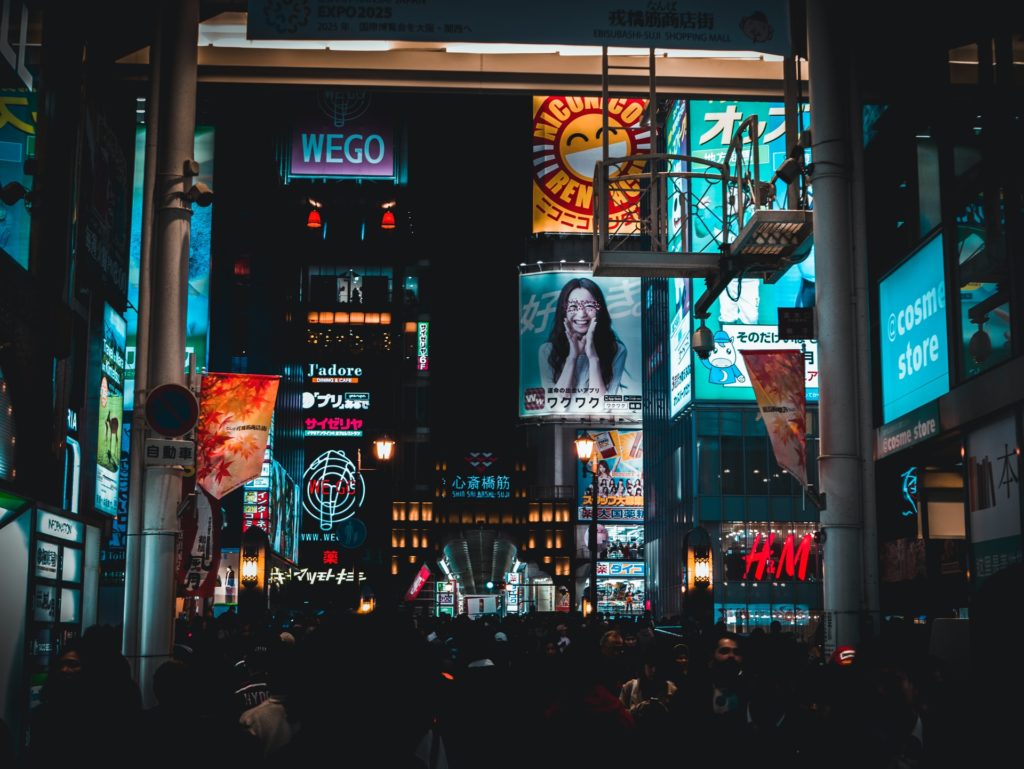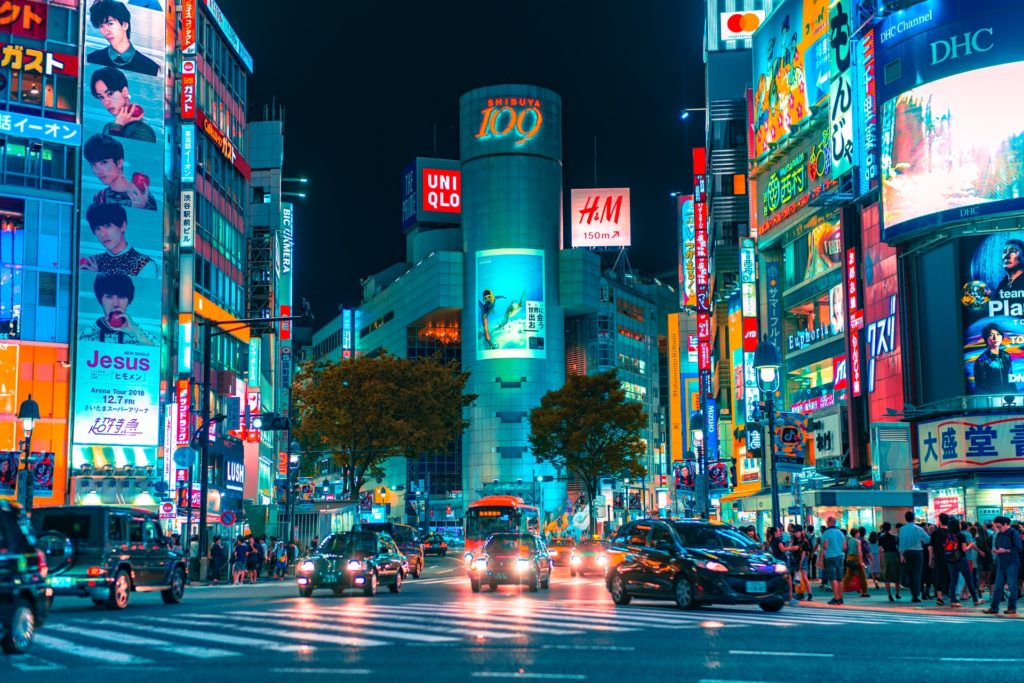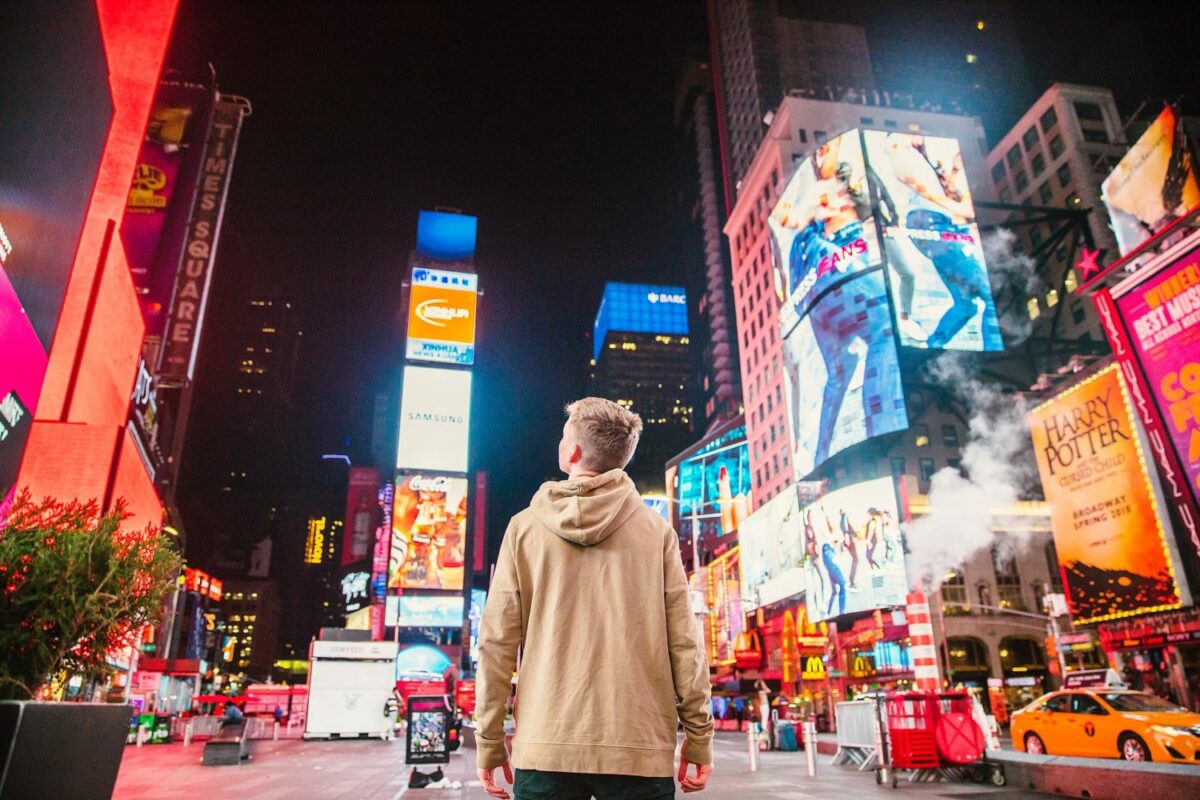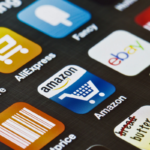Businesses are always looking for how new technologies, and better access to existing technology, can unlock new potential, new revenue streams, and new ways to engage with customers.
One technology that’s become more available and easier to implement is portable digital billboards. Digital billboards used to be expensive, cumbersome, and time-consuming to install. But a new generation of portable digital billboards has made it easier for businesses of all sizes to tap into the potential they have to offer.
These are just some of the ways digital billboards have changed in recent years and how a wide range of industries can make the most of them.
Post Contents
Portable Digital Billboards
The first big change that’s happened in the world of digital billboards is that they’ve become more portable and easier to install. Digital billboards used to come with a lot of hassles, including:
- Permits to construct in outdoor areas
- On-site engineer inspections
- Extensive construction and assembly

The costs and time commitment limited how useful outdoor digital billboards could be. There are now portable digital billboards that can be moved and installed without any of those requirements. They can be moved simply by forklift and are entirely freestanding, without any of the truss structures that made older billboards so complicated.
The lower price point and greater convenience mean you can deploy portable digital billboards for a much wider range of events. They no longer have to be reserved for big entertainment events. They can be used for brand activations, wayfinding, sponsorship fulfillment, or even self check-in kiosks in an outdoor environment. They’ve become far more flexible and a worthwhile investment in many more scenarios.
Digital Billboard Software
More advanced portable digital billboard software has also changed what they’re capable of doing. Outdoor digital billboards are no longer restricted to passive visual media but can also incorporate interactive elements, whether that comes in the form of gamification, Augmented Reality, self-service, payment processing, or wayfinding.
Touch displays and motion controls open up a wider range of opportunities. Touch displays can be used for jobs as straightforward as helping guests search for inventory or directions, or they can be as advanced as unique gamification experiences.
Digital billboard signage shouldn’t have to be designed from the ground up every time. Unique digital signage experiences can be built using solutions that are quick and easy to execute to reduce costs and time.
Augmented Reality and Gamification
Augmented Reality is one of the hottest technology innovations in on-site marketing and engagement. Whereas Virtual Reality all takes place entirely on-screen, Augmented Reality uses cameras to download information about objects in the real world and incorporates that information on-screen with digital assets.
Users can then engage with the Augmented Reality environment through touchscreens and gesture control. An example of an application with a digital billboard is taking an image of the user and adding it to a digital landscape.
Self-Serve and Payment Processing
The self-service kiosk market is growing rapidly thanks to the ability of kiosks to reduce labor costs, reduce wait times, and improve customer experiences. It’s not just retail environments where self-service kiosks can be deployed.

Portable digital signage can be introduced to public places and commercial real estate for charitable campaigns. They can be a fixture in healthcare environments for raising money. They can even be used at development sites to generate interest and leads on condo sales.
The return of the QR code has also made it easier to leverage digital signage to generate longer-term leads. Digital billboards get the passerby’s attention, while a QR code lets them take more information with them when they walk away.
Advertising and Sponsorship Fulfillment
While portable digital billboards are excellent tools for your own brand activations and in-store marketing campaigns, they can also be used as revenue generators for high-impact advertising in public or commercial settings or as sponsorship fulfillment at events like music festivals, sports, or festivals.
You don’t need complex installations to monetize indoor or outdoor environments. Freestanding digital billboards maximize both flexibility and income on a long-term basis. You can create automated, programmatic advertising and shift from temporary branding campaigns to long-term deployments with ease.
When it comes to sponsorship fulfillments, digital billboards give you more control over your advertising and sponsorship playlist. Event organizers want to make sure their sponsors feel recognized and satisfied with the results so that they see the return on investment they need to return as sponsors next year.
Portable digital billboards can do more for businesses than ever before, and they’re more affordable and easier to implement.






























